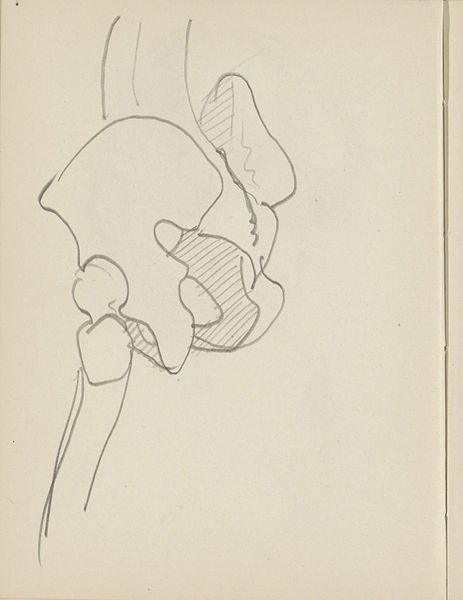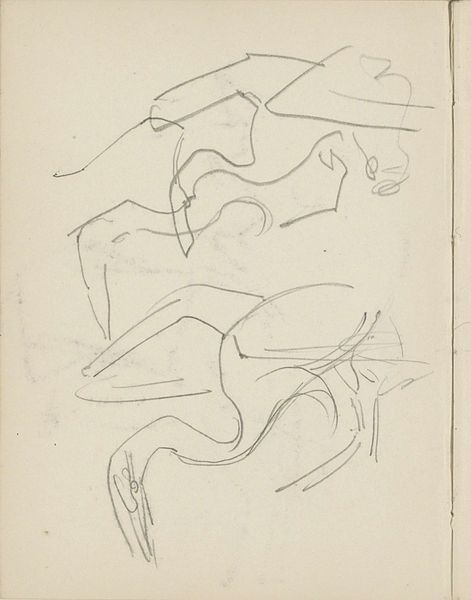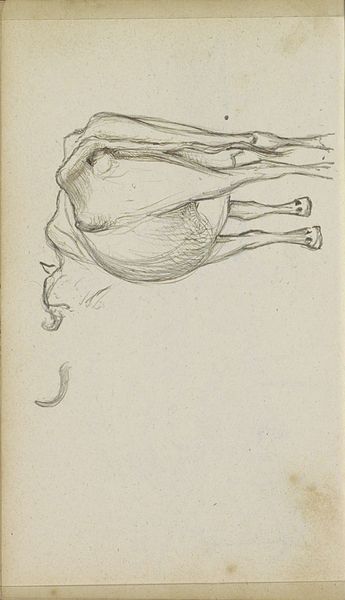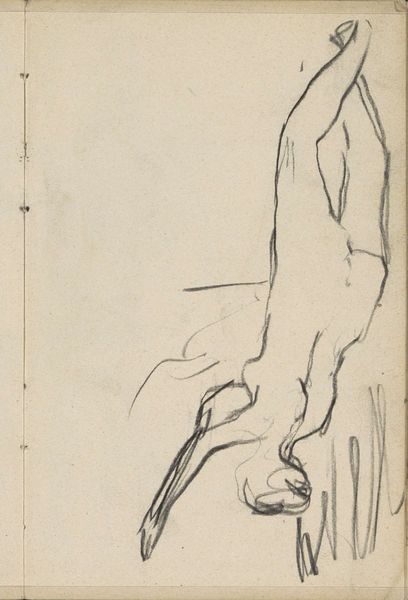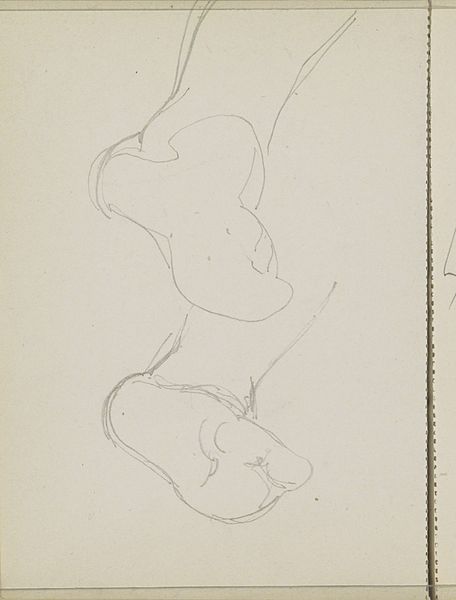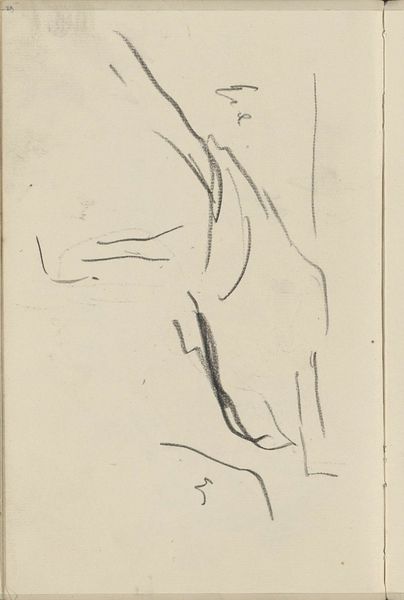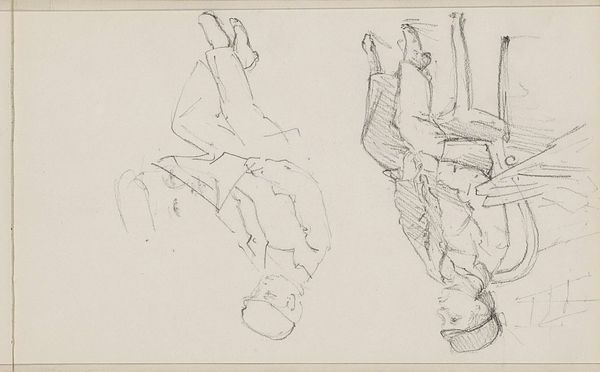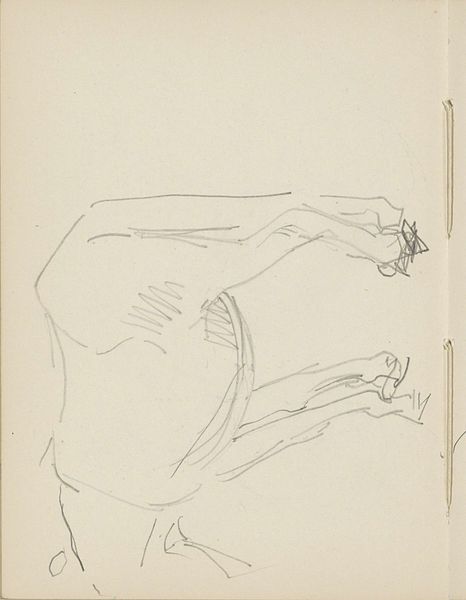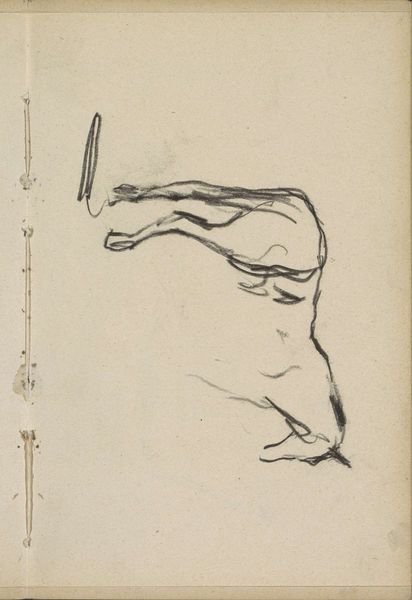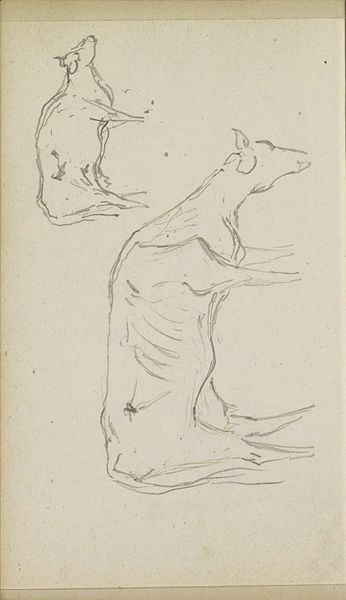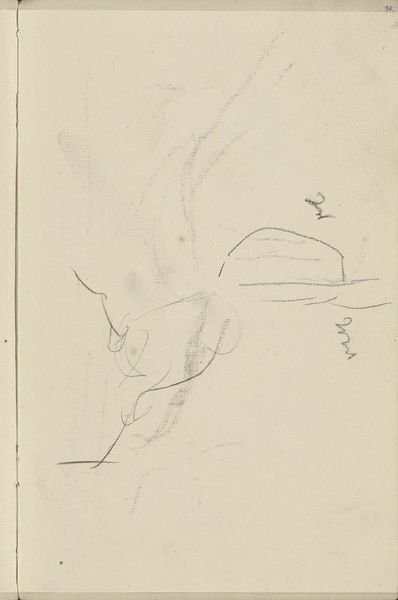
drawing, pencil, graphite
#
drawing
#
form
#
pencil
#
line
#
graphite
#
academic-art
#
realism
Copyright: Rijks Museum: Open Domain
Editor: This graphite and pencil drawing from between 1906 and 1945, titled "Botten van het menselijk lichaam," seems to show studies of various bones. The stark, academic style and line work feel very clinical. What do you see in this piece, especially considering its historical context? Curator: It's crucial to recognize that these anatomical studies were typically produced within very specific institutional settings like medical schools or art academies. The goal wasn't expressive, personal art. Rather, it served a pedagogical function, reinforcing anatomical knowledge and artistic skill. Think about who had access to these images. Medical knowledge and the power to represent the body have historically been tightly controlled, haven't they? Editor: That’s a good point. It’s easy to forget how controlled those sorts of images would have been, particularly the ability to study the human body like that. So, beyond the institutional context, what were the social implications of making these images? Curator: Well, representations of the body are *always* political. Even in seemingly objective drawings like these, there’s an implicit power dynamic at play. Who gets to define and represent the ‘ideal’ human form, and what are the consequences for those who don’t fit that mold? Consider the social conditions where marginalized groups, like the poor or those with disabilities, were often displayed or studied in very objectifying ways. Was this artist aware of those potential pitfalls, or was this work viewed and consumed solely as art? Editor: That makes you think about this image in a new way, because when you initially view something you might think it's simple, objective. It really opens your mind to how artworks can reflect power structures even unintentionally. Curator: Exactly. Seeing beyond the surface allows us to consider what was normalized in the depicted moment. This is so helpful in our continued analysis of art and its place in public perception.
Comments
No comments
Be the first to comment and join the conversation on the ultimate creative platform.

